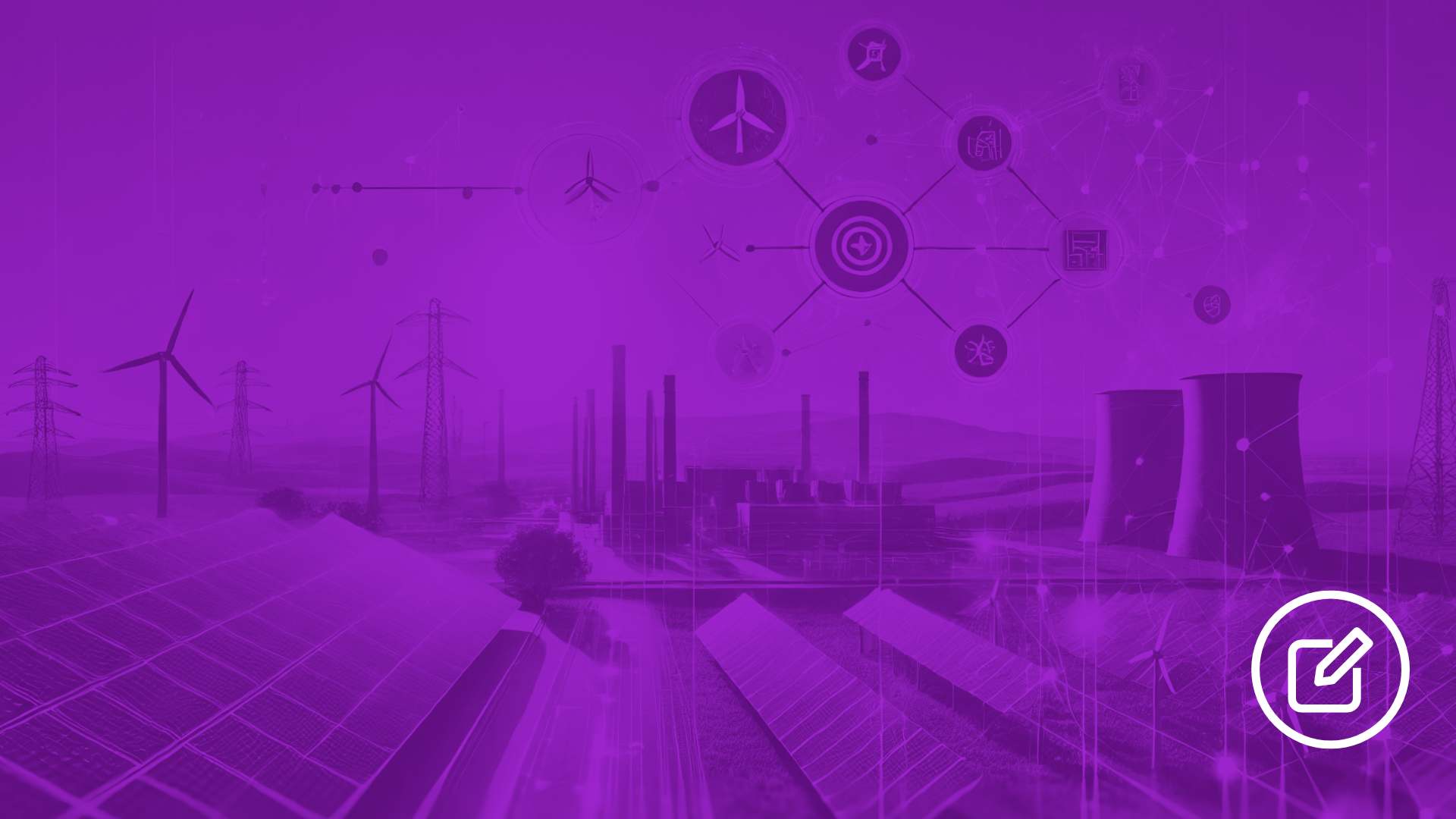Just back from three intense days at the Essen trade fair, including meetings, exchanges of ideas and many reflections still to be processed. Here are a few insights that, hot off the press, seem particularly relevant to me.
Index markets and the risk for consumers and utilities
European utilities and sales companies, like their Italian counterparts, now find themselves managing retail and small business customer portfolios almost totally indexed to short-term markets (TTFda, PSVda, PUN, etc.). This situation represents a ‘comfortable’ option for sales companies, reducing the risk of directional exposure to markets. Some are starting to talk about fixed-price lists, but without any particular urgency. However, care must be taken: there is a risk of playing with fire. Retail end-consumers are often unaware of the financial risk in the event of market rises, and even sales companies seem to underestimate the implications of a sharp rise in gas and electricity prices, both for working capital and for credit exposure to customers in difficulty with payments.
The evolution of industrial supply
On the other hand, the most advanced industrial consumers, at least in the most advanced markets such as Germany, increasingly purchase energy (electricity and gas) directly from wholesale hubs OTC or on the exchange, reducing the role of the utilities. Logistically (transport and balancing), they organise themselves internally or rely on a specialised operator such as Openlogs. They tend to separate physical supply from price fixing: the latter (hedging) can be handled with traders, utilities or major banks.
The rise of energy storage systems (BESS) and flexibility
The ‘hottest’ and most discussed topic this year is batteries (the ‘BESS’) and, more generally, ‘flexibility’. Everyone is talking about it and everyone wants to invest. The wave of traders specialising in automatic and algorithmic optimisation is moving from the UK (where competition has reduced arbitrage margins) to Germany, where the high volatility and frequent ‘Dunkelflaute’ (no sun and no wind) situations are attracting huge investments. In Italy we are still in the early stages, but the potential is very interesting.
PPAs and BPAs: the disintermediation of utilities
The second most popular topic concerns PPAs (Power Purchase Agreements for renewable electricity) and BPAs (Biomethane Purchase Agreements). While every utility must now offer such solutions, more and more renewable energy producers and large consumers are trying to bypass the utilities by establishing direct relationships. This trend has a logic: producers and consumers have opposing risks and could compensate each other. What they need is a reliable partner, such as Openlogs, for the operational management of transport and physical balancing of energy.
Finally, a significant fact: in over 20 years of attending E-World, I have never seen so many visitors and exhibitors. For next year, there is talk of adding one or two new halls. I believe that this growth is due to the increase in the number of players in the energy market: not only the traditional energy companies, but also numerous distributed producers (funds, private individuals, etc.) and consumers who become prosumers, operating directly in the markets. Added to this are service companies that facilitate and support these developments, such as new companies specialising in optimising flexibility.



